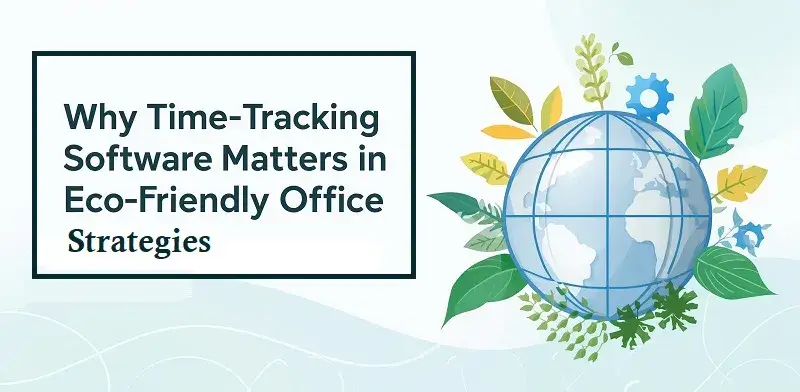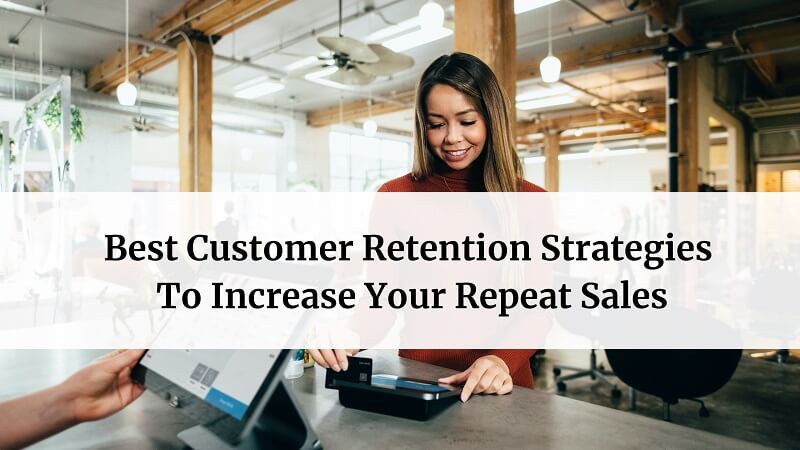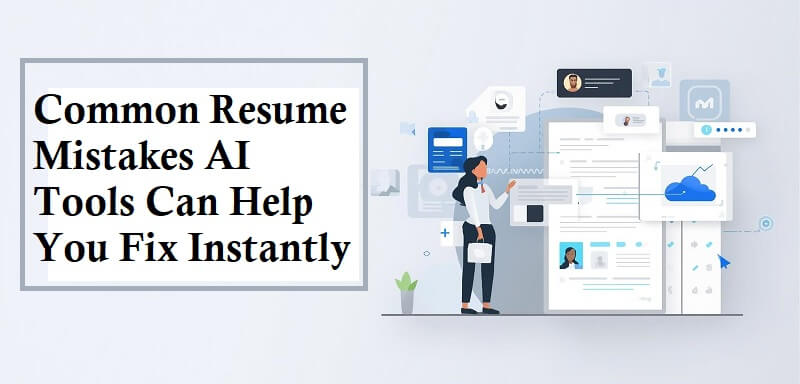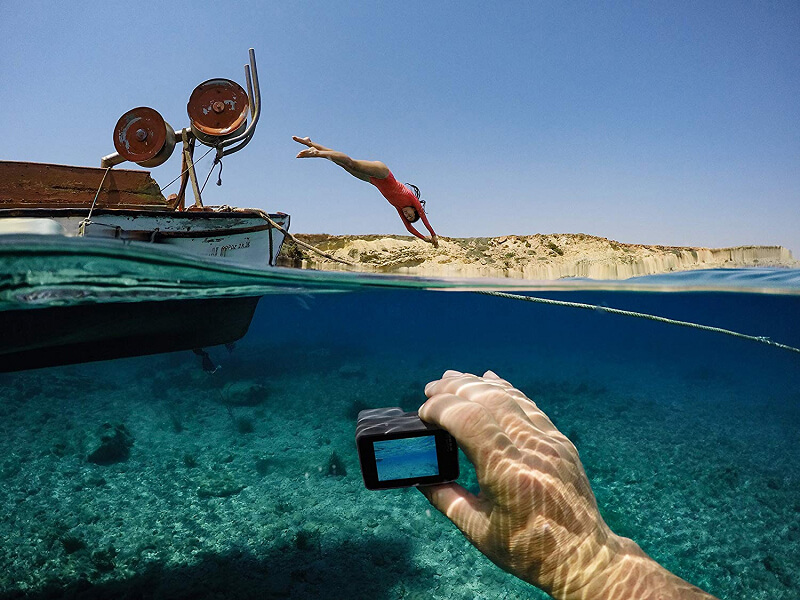
Image Optimization: 9 Best Practices That Will Drive You Sales for Your E-commerce Site
in Technology on July 1, 2020What is Image Optimization, and Why is there a need to optimize your images? What are the benefits that you can gain from it?
Well, the thing is, there are lots of benefits that Image Optimization can do for your e-commerce site. After all, data from the HTTP Archive revealed that images take up approximately 21 percent of the total weight of your webpage.
What is Image Optimization?
Now, before we move on, we are going to define image optimization.
In a nutshell, it is decreasing the file size of your images to improve your website’s page load speed without having to sacrifice the overall quality.
You also need to keep image search engine optimization (SEO) in mind, as well. It is all about getting your images ranked on Google and other search engines.
Now, here are nine image optimization tips that will help drive more sales to your site:
- Use Descriptive Image Names
Keeping SEO in mind, see to it that your images’ filename is keyword-rich. Creating file names like these allows search engines to crawl your image names and webpage content, as well as make them visible in relevant searches.
Safari SEO Perth suggests creating file names that allow search engines to crawl your image names and webpage content, as well as make them visible in relevant searches.
Think about the particular keywords that searchers often use on the internet to look for your content. If you want to get even more technical, you can also check out the search keywords technique that your audience often inputs.
What are the most popular processes they’re utilizing with image names and descriptions? Then, apply that same process with your image file name.
Now, if this is a bit overwhelming for you, just make sure that you’re using descriptive and relevant keywords when you rename your image files.
- Optimize Your Alt Attributes
Alt attributes, also known as alt tags, will provide information about an image in case that image isn’t properly displayed or loaded successfully. Because it describes the image, search engines consider it as an important ranking factor as well.
That’s why here are two things that you can do to properly optimize your image’s alt attributes:
- Character length: Ideally, it’s recommended to use at least 125 characters. In a sense, it should be a specific or accurate description of an image.
- Using keywords: While it isn’t required that you utilize keywords on alt tags, you can. What’s important is to use words that accurately depict the picture to improve your ranking.
- Choose The Right Image Dimensions
Another thing that you need to keep in mind is to use the right dimensions for your images, as it has a massive impact on how the image shows up on the webpage and social media.
Ideally, use images that are between 1500 and 2500 pixels wide. That’s because images that are smaller than 1500 pixels tend to be a bit blurry, low quality, or pixelated when they stretch to fill in containers, such as header banners.
- Reduce The Image File Size
Large images significantly slow down your eCommerce website’s loading speed. Thus creating a user experience that’s less optimal for viewers.
So, if you want a potential customer to stay with you, make sure your images don’t affect the loading times of your site. Not only that, but search engines also take into consideration how long a website loads as part of their ranking algorithm.
Reducing your image file size, whether using a plugin or script, allows you to significantly speed up your loading times.
So, how large should your images be? The rule of thumb for e-commerce websites is to keep all image file sizes below 70kb.
- Choose The Right File Type
Note that there are three most common file formats when posting photos on the internet: JPEG, GIF, and PNG.
This, each file type has its unique advantages and disadvantages, depending on your main purpose.
Keeping e-commerce in mind, JPEG should be your safest bet, as they provide great quality images with the smallest file size. To further optimize visuals, use editing tools or AI-based solutions to enhance image quality, ensuring crisp, clear, and professional-looking product photos. High-quality images can boost customer engagement and improve conversion rates.
Don’t use GIFs for big product images, as this file size is also huge, and there’s no way for you to reduce it. Use them for thumbnails and decorative images instead.
Finally, PNGs can be a good alternative to JPEGs and GIFs. Just remember that if you’re using product photos in PNG format, use PNG-8 instead of PNG-24. These image file types make great decorative images thanks to their small file sizes.
- Optimize Your Thumbnails
It is common for e-commerce websites to use thumbnail images for their product category pages. Thumbnails let a site showcase an image, especially AI-generated photos, without taking too much space..
However, although thumbnails are great overall, they can also slow down your page loading speed. So, make sure the file sizes of your thumbnails are as small as possible.
Also, vary your alt attribute text so that you won’t be duplicating the text that you’ll be using for larger versions of the same image.
- Use Image Sitemap
An image sitemap allows search engines to discover images that they wouldn’t otherwise find online.
A sitemap also allows you to indicate images on your website that you want to search for bots to crawl and index.
- Be Wary of Decorative Images
Although decorative images can provide an aesthetic appeal on your site, integrating design tools like an online color wheel can help maintain balance without excessive file sizes.
So, make sure to try to reduce these images without necessarily reducing the quality.
For images that have simple borders and patterns, turn them into GIFs or PNG-8. You can still produce stunning images even with a few hundred bytes of size.
- Test Your Images
Testing your images lets you convert more customers in the long run.
Here are some things that you can test:
- The number of product images on each page.
- What kind of product shots and angles do your customers prefer?
- The number of listings you have per category page.
Final Thoughts – Image Optimization
Since product images take up a lot of weight, they can significantly slow your e-commerce site down, and this can hurt your SEO efforts. And the last thing that you want to happen is for your online store to not rank on search results.
Hopefully, by following these tips, you can significantly reduce the file size of your images and boost your website’s performance.
Author Bio:
Jake Rheude is the Director of Marketing at Red Stag Fulfillment, an eCommerce fulfillment warehouse that was born out of eCommerce. He has years of experience in eCommerce and business development. In his free time, Jake enjoys reading about business and sharing his own experience with others.
Read Also – 10 Best Photoshop Plugins for Web Designers








